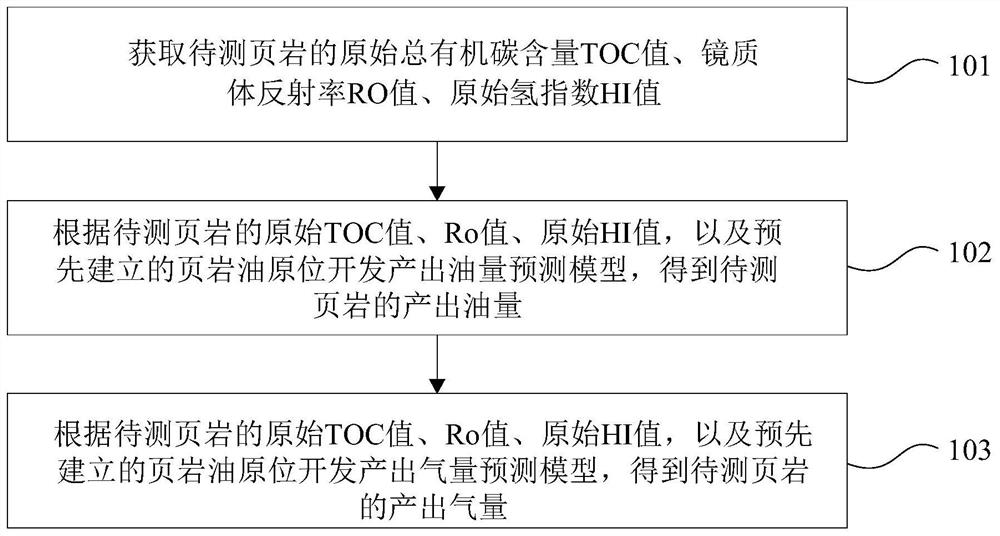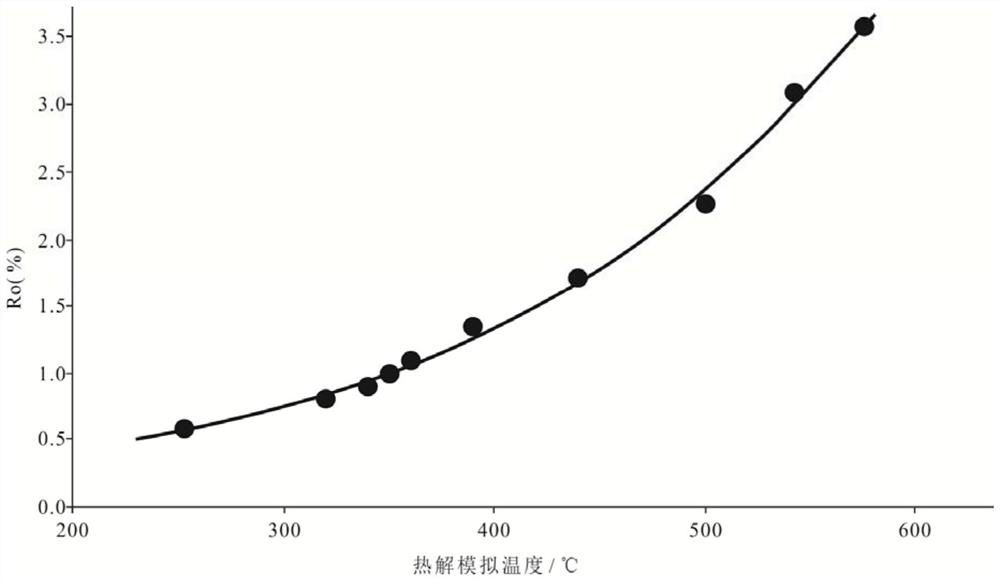Method and device for predicting oil-gas quantity produced by in-situ development of shale oil
A prediction method and shale oil technology, applied in the field of petroleum exploration, can solve problems such as low prediction accuracy, high cost, and difficult pressure control, and achieve the effect of improving prediction accuracy and high cost
- Summary
- Abstract
- Description
- Claims
- Application Information
AI Technical Summary
Problems solved by technology
Method used
Image
Examples
Embodiment Construction
[0033] The following will clearly and completely describe the technical solutions in the embodiments of the present invention with reference to the accompanying drawings in the embodiments of the present invention. Obviously, the described embodiments are only some of the embodiments of the present invention, not all of them. Based on the embodiments of the present invention, all other embodiments obtained by persons of ordinary skill in the art without making creative efforts belong to the protection scope of the present invention.
[0034] The inventors found that the development of oil and gas by shale oil in-situ conversion technology is different from the existing technology. The in-situ conversion technology is suitable for shale with medium and low maturity. Before in-situ conversion and development, it is necessary to evaluate and optimize the "sweet spot area", that is, to determine the optimal area for shale oil development by predicting the amount of oil and gas prod...
PUM
 Login to View More
Login to View More Abstract
Description
Claims
Application Information
 Login to View More
Login to View More - R&D
- Intellectual Property
- Life Sciences
- Materials
- Tech Scout
- Unparalleled Data Quality
- Higher Quality Content
- 60% Fewer Hallucinations
Browse by: Latest US Patents, China's latest patents, Technical Efficacy Thesaurus, Application Domain, Technology Topic, Popular Technical Reports.
© 2025 PatSnap. All rights reserved.Legal|Privacy policy|Modern Slavery Act Transparency Statement|Sitemap|About US| Contact US: help@patsnap.com



